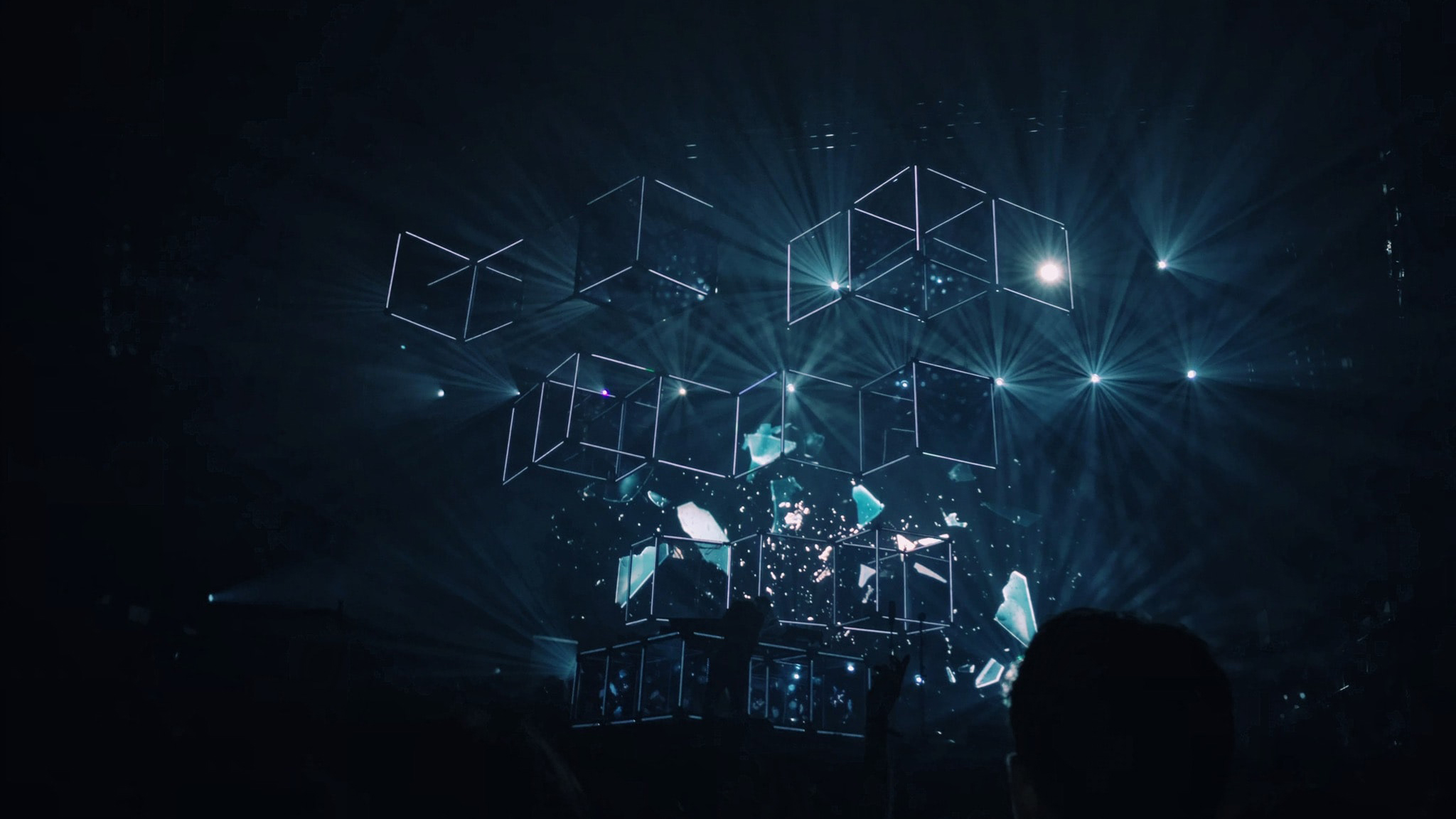

A guide to make your Digital Project more competitive and efficient.
Contents
1. Mobile Programming: Flutter and Flutter Flow
2. Edge/Cloud Computing: the future of data processing
3. AI: Integrated Artificial Intelligence
4. Blockchain: data certification
5. AR/VR and XR: Integrating Technology into the Real World
In the ever-changing landscape of Applications, both in the Mobile and Cloud worlds, with the spread of artificial intelligence as well, it is crucial to take advantage of the latest technological innovations to ensure a competitive and cutting-edge Product. Through an in-depth overview, we will discover the emerging technologies that are shaping the future of App development.
In an increasingly digital world, companies must stay abreast of the latest technology trends to remain competitive. Whether you are a CEO, CTO or R&D manager, it is essential to have a clear understanding of emerging technologies and how they can be applied to your Project. In this article, we will explore some of the most promising technologies that are driving innovation in the Applications industry.
1. Mobile Programming: Flutter and Flutter Flow
In 2023, Flutter established itself as a benchmark cross-platform programming language for Mobile Application development.
Flutter is an open source framework for creating Mobile Apps using a unique programming language, Dart. Flutter is known for its speed of development and due to its ability to create native Android and iOS apps from a single source code, Flutter saves time and resources in app development and maintenance.
Based on Flutter, Flutter Flow emerges as a powerful No Code / Low Code tool for prototype and minimum viable product (MVP) development. With Flutter Flow, even non-programmers can create functional Apps, accelerating the development process and facilitating collaboration between multidisciplinary teams.
However, knowing how to programme and knowing the underlying logic of an application allows you to make the most of Flutter Flow and create better projects.
If you are looking for a tool to create mobile apps without code, Flutter Flow is a good choice. However, if you have the programming skills, Flutter Flow can create better projects.
2. Edge/Cloud Computing: the future of data processing
Cloud computing is now an essential element of any modern application, offering virtually unlimited processing and data storage capabilities. But in 2023, edge computing is revolutionising the way data is managed, especially in industrial environments.Edge computing allows data to be pre-processed directly on the device that generates it, before uploading it to the cloud. This can improve the speed and efficiency of data processing, reduce data transmission costs and improve the privacy and security of data by anonymising it before sending it to the Cloud.
3. AI: Integrated Artificial Intelligence
Artificial intelligence (AI) is now a constant presence in much software, often in the form of additions to already functioning systems. Creating a model or algorithm from scratch can be an expensive and counterproductive process, especially when there are already effective solutions available on the market.
AI is becoming increasingly sophisticated and accessible. Companies are leveraging AI to automate processes, improve efficiency and provide personalised customer experiences. For example, AI can be used to analyse Customer data and predict their future behaviour, allowing Companies to anticipate their needs and offer personalised products and services.
Furthermore, AI is playing an increasingly important role in the field of cybersecurity. AI algorithms can detect and respond to security threats in real time, protecting companies from cyber-attacks.
One of the emerging trends in the field of AI is the use of machine learning (ML) for data analysis. Machine learning is a branch of AI that focuses on the development of algorithms that can learn and improve themselves through experience. This can lead to greater accuracy and a better ability to predict outcomes.
Another important trend is the use of AI in the field of the Internet of Things (IoT). AI can be used to analyse data collected from IoT devices, allowing companies to gain valuable insights and improve operational efficiency.
Last but not least, AI is becoming increasingly ethical and transparent. Companies are working to ensure that their AI algorithms are fair, accountable and understandable, to avoid bias and ensure customer trust.

4. Blockchain: data certification
Blockchain is a decentralised technology that enables the creation of a distributed ledger of data. It is used for a variety of applications, including finance, logistics and supply chain management: it offers a number of benefits, including transparency, security and efficiency.
Blockchain is also an emerging technology that has the potential to revolutionise the way we interact with the digital world. For example, it can be used to create decentralised payment systems, track the origin of products and provide secure voting services.
It offers the possibility of storing data in a secure and certified manner. Thanks to the eIDAS standard, data saved on the blockchain can have legal value, making it an ideal technology for applications that require a high level of data security and reliability, such as financial transactions or digital contracts.
5. AR/VR and XR: Integrating Technology into the Real World
Augmented reality (AR), virtual reality (VR) and mixed reality (XR) are technologies that allow users to interact with the digital world in an immersive way.
AR and VR are used in a variety of applications, including education, entertainment and retail. XR is an emerging technology that combines AR, VR and other technologies to create even more immersive experiences.
AR, VR and XR technologies have the potential to revolutionise the way we learn, work and play. For example, AR and VR can be used to create immersive learning experiences, provide on-the-job training and create immersive games and entertainment.
These technologies are moving in a direction of ever closer integration with the real world. Applications can now be used in various ways, creating experiences that combine real and virtual elements. This opens up new possibilities for interaction between users and technology, creating immersive and engaging experiences that go beyond traditional screen boundaries.


